Regulatory Support for Drone Operations
Government regulations that support the integration of drones into airspace are influencing the Drone Lithium Battery Market positively. Many countries are establishing frameworks that facilitate the use of drones for commercial purposes, which in turn increases the demand for reliable battery solutions. For example, regulations that allow for beyond visual line of sight (BVLOS) operations are likely to enhance the operational capabilities of drones, necessitating advanced lithium batteries that can sustain longer flights. This regulatory environment is expected to create a favorable market landscape, potentially increasing the market size by 10% annually.
Growing Focus on Renewable Energy Sources
The shift towards renewable energy sources is impacting the Drone Lithium Battery Market as manufacturers seek to align with sustainability goals. The production of lithium batteries is increasingly being powered by renewable energy, which not only reduces the carbon footprint but also appeals to environmentally conscious consumers. As companies adopt eco-friendly practices, the demand for sustainable battery solutions is likely to rise. This trend may lead to a market expansion of around 12% as businesses and consumers alike prioritize sustainability in their purchasing decisions.
Advancements in Lithium Battery Technology
Technological innovations in lithium battery design and manufacturing are likely to propel the Drone Lithium Battery Market forward. Recent developments, such as solid-state batteries and improved energy density, suggest that batteries can now offer longer life cycles and faster charging times. These advancements not only enhance the performance of drones but also address safety concerns associated with traditional lithium-ion batteries. As manufacturers continue to invest in research and development, the market for high-performance batteries is expected to expand, potentially leading to a market size increase of over 15% in the coming years.
Rising Demand for Drones in Various Sectors
The increasing adoption of drones across multiple sectors, including agriculture, logistics, and surveillance, appears to be a primary driver for the Drone Lithium Battery Market. As industries seek to enhance operational efficiency and reduce costs, the demand for drones is projected to grow significantly. For instance, the agricultural sector is utilizing drones for precision farming, which requires reliable battery performance. This trend is expected to contribute to a compound annual growth rate of approximately 20% in the drone market, thereby driving the need for advanced lithium batteries that can support longer flight times and heavier payloads.
Increased Investment in Drone Delivery Services
The surge in investment towards drone delivery services is driving the Drone Lithium Battery Market significantly. Companies are recognizing the potential of drones to revolutionize logistics and supply chain management, particularly in urban areas. As a result, there is a growing need for high-capacity lithium batteries that can support the operational demands of delivery drones. With projections indicating that the drone delivery market could reach a valuation of several billion dollars within the next few years, the demand for efficient and reliable battery solutions is expected to rise correspondingly, potentially increasing market growth by 18%.


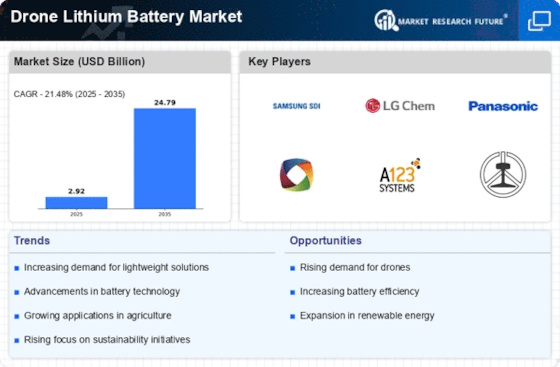
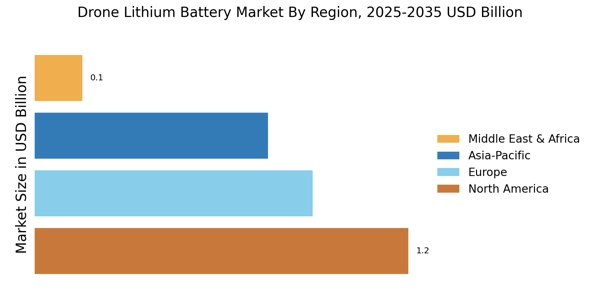
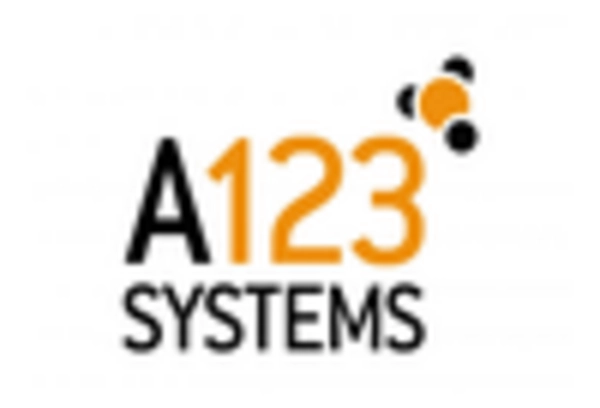
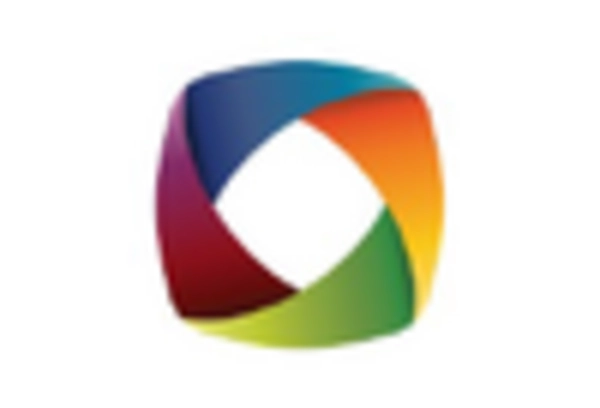
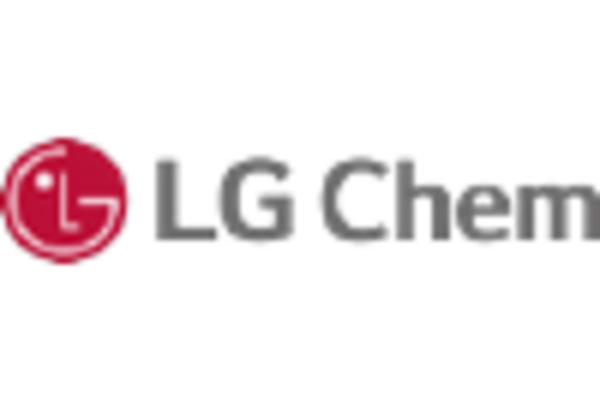
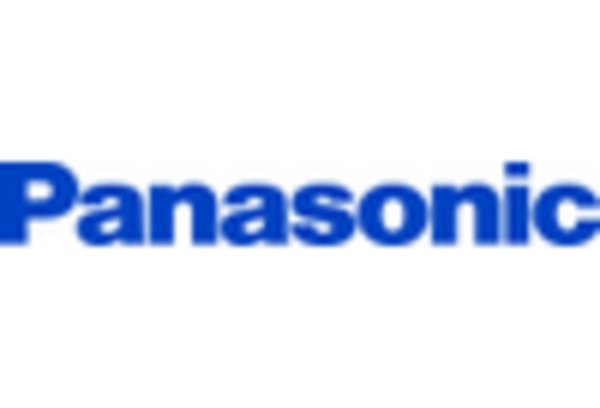
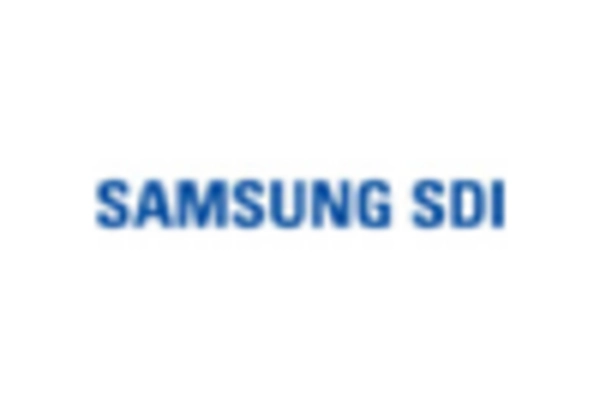
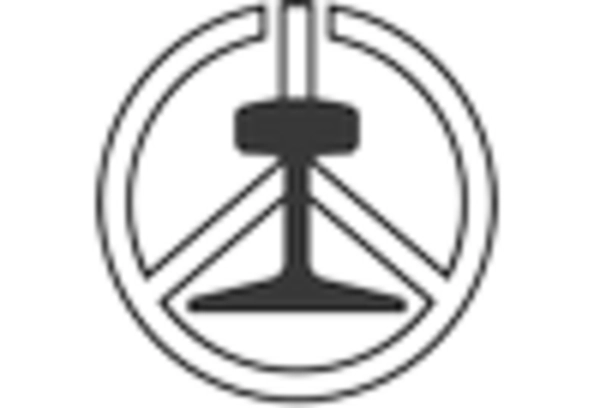








Leave a Comment